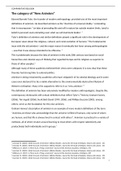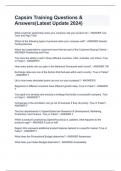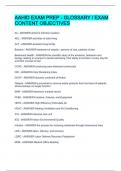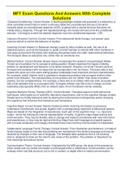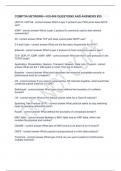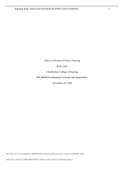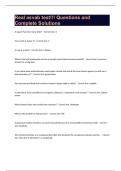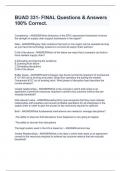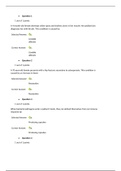Essay
Essay Animism - Comparative Religion - Universiteit Leiden
- Course
- Institution
Dit is een essay geschreven in het Engels over Animisme. Dit essay kijkt of de categorie animisme bruikbaar is in de 'comparative religion'. Er wordt bijvoorbeeld ingegaan op definities kwesties en voorbeelden van hoe animisme als categorie wordt gebruikt. Dit essay heeft 2550 woorden (inclusief vo...
[Show more]
